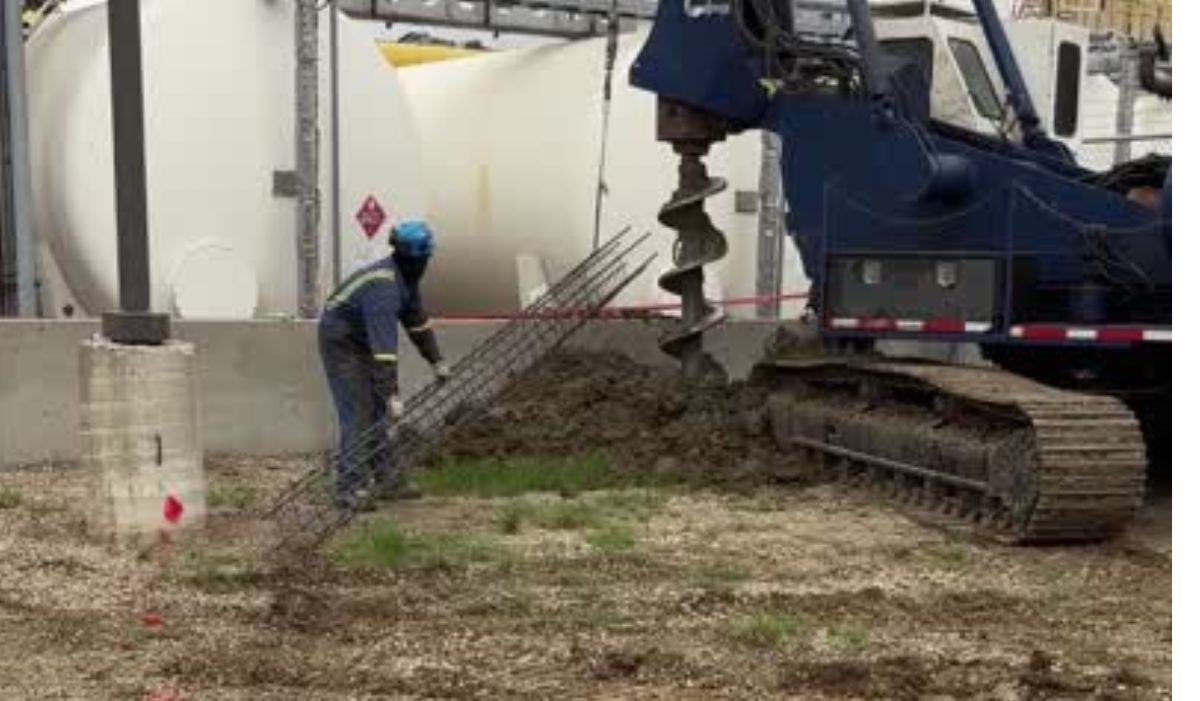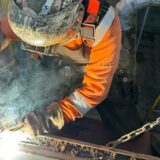The Role of Shutdown Services in Maintaining Equipment Longevity
In an ever-evolving industrial landscape, the longevity of equipment is a pressing concern for businesses. Ensuring that machinery performs optimally over extended periods requires adherence to meticulous maintenance routines. One crucial aspect of maintenance is the utilization of shutdown services. In this blog, we explore the pivotal role these services play in extending the life of equipment.
Understanding Shutdown Services
Shutdown services encompass planned downtime where equipment is meticulously inspected, repaired, and upgraded. This proactive approach ensures smooth operations and helps avoid unexpected failures. During these periods, facilities can undertake comprehensive maintenance tasks that are often overlooked during regular operations due to time constraints. In essence, this downtime is an investment in the future reliability of machinery, ensuring that all components function harmoniously. Companies equipped with a well-planned shutdown strategy can significantly reduce the risk of catastrophic equipment failures that can halt production and incur large repair costs. By adhering to a structured maintenance schedule, businesses proactively manage the longevity and efficiency of their industrial assets.
Benefits of Routine Inspection
Regular inspections during shutdowns allow for early detection of wear and potential failures. Identifying issues before they escalate saves time and resources in the long run. These proactive checks are integral to maintaining equipment efficiency and integrity, ensuring that minor anomalies don’t develop into serious concerns. For example, identifying a slight increase in operating temperatures can alert technicians to potential friction issues, allowing timely intervention before more significant damage occurs. Routine inspections also allow teams to track common maintenance pitfalls and ensure they are avoided, further boosting operational longevity and reliability. A well-implemented inspection regimen creates a culture of accountability, where each person is attuned to the nuances of equipment performance.
Ensuring Optimal Performance Through Maintenance
Maintenance during shutdowns optimizes equipment performance. By servicing all components, businesses ensure machines operate at peak efficiency, enhancing overall productivity. This involves comprehensive cleaning, meticulous calibration, and detailed system testing to dissipate any latent inefficiencies. By addressing mechanical wear and tear, shutdown maintenance staves off performance decline. It allows facilities to incorporate cutting-edge maintenance techniques and technologies suited to the specific operational environment, fostering mechanical resilience and performance excellence. Additionally, adopting advanced solutions such as predictive maintenance can foresee potential failures, circumventing the risks associated with unforeseen shutdowns, thereby boosting equipment availability and reliability.
Critical Role of Component Replacement
Shutdown periods provide an opportunity to replace worn-out components. Replacing these parts extends the lifespan of machines and prevents more costly repairs in the future. It’s crucial for facilities to align replacement parts with OEM standards to ensure optimal compatibility and performance. By selecting high-quality components, facilities safeguard against frequent wear, thus securing equipment integrity. During shutdowns, teams can systematically review each piece of machinery, eliminating potential weaknesses by installing robust parts. This meticulous approach to component management not only reduces the likelihood of emergency repairs but also optimizes machinery for high-load operations, bolstering both productivity and reliability.
Fostering a Culture of Safety
Shutdown services emphasize safety by conducting thorough safety checks. Ensuring equipment is safe to use protects workers and mitigates operational risks. The holistic nature of shutdown maintenance includes assessing safety protocols, updating safety systems, and refining operational guidelines. By implementing stringent checks, businesses mitigate the risk of accidents, safeguard their workforce, and improve compliance with safety standards. Additionally, fostering a safety-first mindset during shutdowns empowers teams to prioritize preventive measures, ensuring a safer workplace environment. This proactive approach not only enhances staff morale and productivity but also reinforces the company’s commitment to progressive safety norms, ensuring minimal disruption and robust operational flow.
Cost Efficiency of Planned Downtime
While unplanned downtime can be costly, planned shutdowns are a cost-effective method of maintaining equipment. By scheduling these services, businesses avoid unexpected breakdowns and associated expenses. Planned maintenance strikes a balance between operational efficiency and expense management, allowing for strategic allocation of maintenance resources while minimizing financial strain. Through structured shutdown schedules, businesses can prioritize tasks and distribute labor costs effectively, resulting in controlled financial outlays. This method reinforces financial prudence, ensuring resources are deployed optimally to foster sustainable growth and industrial longevity, with the added advantage of maintaining consistent production schedules.



